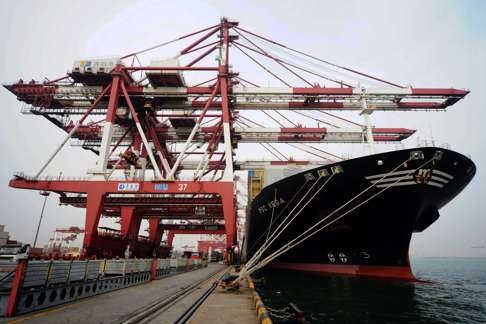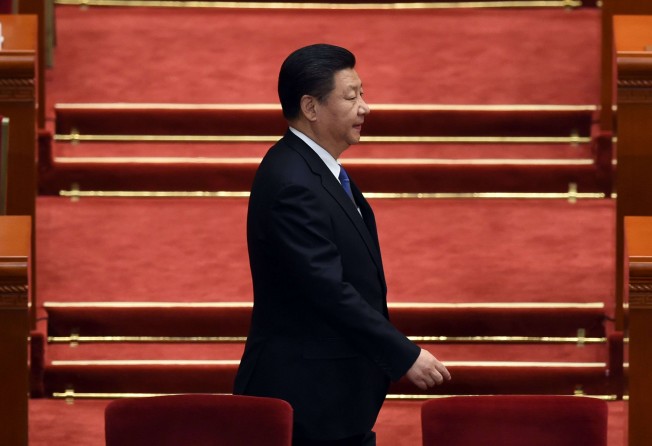
Why China will meet its growth targets
Justin Yifu Lin argues that the GDP and other targets set by China’s 13th five-year plan are not over-ambitious, as some analysts said, but are well within reach

China’s recently finalised 13th five-year plan maps out its economic strategy and ambition for the 2016-2020 period. Among its objectives are a doubling of GDP and average rural and urban household incomes relative to their 2010 levels.
These targets would require China’s economy to grow at an average annual rate of at least 6.5 per cent during the next five years. Given that China’s growth has decelerated every quarter since the beginning of 2010, some have questioned whether it is achievable. I believe that it is.
Economic growth results from increases in labour productivity caused by technological advance and industrial upgrading. The question for China, after 36 years of catching up with advanced countries, is how much longer it can continue to benefit from this process. Some scholars believe it has reached its limits. They point to how other East Asian countries experienced a deceleration of growth after their per capita gross domestic product reached about US$11,000 in purchasing-power-parity terms.
I disagree. This analysis fails to take into account the fact that advanced countries are growing and making technological breakthroughs. And that creates opportunities for developing countries to continue to learn.

The best indicator of China’s growth potential is not its per capita GDP relative to some arbitrary threshold; it is the difference in per capita GDP between China and the US, the world’s most advanced economy. And on this measure, China has plenty of room for expansion. When Japan crossed the US$11,000 threshold in 1972, its per capita GDP was 72 per cent of the US level. When Taiwan crossed it in 1992, its per capita GDP was 48 per cent of America’s. The comparable figure for China today is only about 30 per cent.
The Chinese economy’s current slowdown is the result of external and cyclical factors, not some natural limit. This external drag is likely to continue.
To achieve its growth targets, China will have to rely on domestic demand, including investment and consumption. China has strong prospects in both areas. It can pursue improvements in infrastructure, urbanisation efforts, environmental management, and high-tech industries. And it has ample fiscal space, household savings, and foreign-exchange reserves for such investments. The investments will generate jobs and consumption.
As a result, even if external conditions do not improve, achieving 6.5 per cent and above annual growth is well within China’s reach.
Justin Yifu Lin is professor and honorary dean of the National School of Development, Peking University. Copyright: Project Syndicate